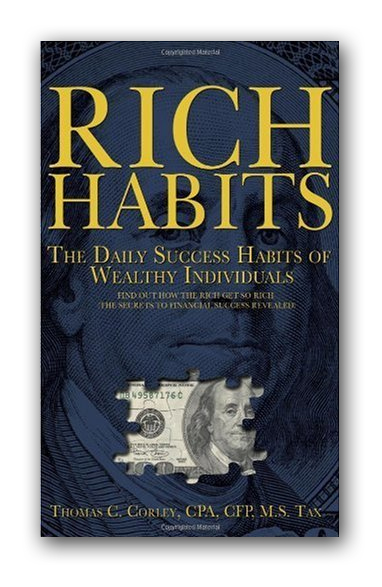
Why do we do the things that we do? What are the drivers behind our very existence?
In 1943 American psychologist, Abraham Maslow threw a pebble in a pond by releasing his research paper titled A Theory of Human Motivation in Psychological Review.
Commonly referred to as Maslow’s Hierarchy of Needs, his research paper theorized that there were five levels of needs:

How can we pull Maslow’s Hierarchy of Needs into the modern era in order to find out why we do what we do?
Pysiological
Eating, drinking and procreation are the historical bull work of Maslow’s Physiological Needs. In the modern era, however, this is why we have so many gyms, diets, dating sites, porn sites, 10Ks, Iron Mans, BulletProof Coffee, Whole Foods, etc.
Safety
Herding for self defense is the historical bull work of Maslow’s Safety Needs. In the modern era, however, this is why we have nuclear weapons, UFC fighting, boxing, karate, the Guardian Angels, neighborhood watches, an army, a police force, jails, etc.
Love/Belonging
Marriage, starting a family and making friends are the historical bull work of Maslow’s Love/Belonging Needs. In the modern era, however, this is why we have FaceBook, SnapChat, Instagram, why we network, why we join business groups and trade associations, why we have religion, countries, etc.
Esteem
Apprenticeships and upward social mobility are the historical bull work of Maslow’s Esteem Needs. In the modern era, however, this is why we go to college, obtain licenses and advanced degrees, buy McMansions, expensive cars and jewelry, why we strive to be successful, etc.
Self Actualization
Achievement is the driver behind Maslow’s Self Actualization Needs. In the modern era, however, this is why we pursue dreams and goals, write books, paint, start a band, take risks in the pursuit of success, work 80 hours a week, climb the corporate ladder, meditate, why we have the NFL, the Olympics, book contests, etc.
Maslow’s Hierarchy of Needs are the real drivers behind everything you do. Inside one or more of these is your WHY for getting up in the morning.







